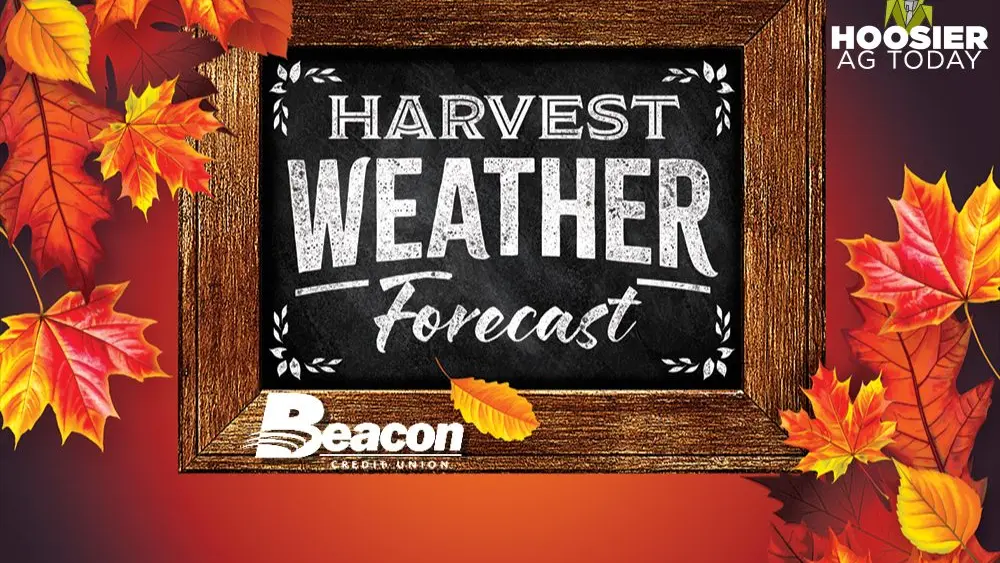
How do you keep your records on the farm? Like many farmers, you probably keep a lot of records in different places, including your handy-dandy paper notebook that you keep with you.
“My guess is that almost all are still using a dashboard notebook of some sort in combination, of course, with the farm management information system,” says Dennis Buckmaster, Professor of Agricultural and Biological Engineering at Purdue as well as a Dean’s Fellow for Digital Agriculture, “but some of those records that were handwritten or in a folder… don’t get used in combination with the farm management information system.”
That’s why Buckmaster presented a free digital toolkit available to farmers at the Purdue Digital Ag Showcase Thursday in West Lafayette. The toolkit is run through Airtable, an online platform of a database. Buckmaster calls it a spreadsheet in a slightly different structure. You can duplicate the Purdue version and customize it for yourself.
“So, it allows (farmers) to customize to the names of my fields, the size of my fields, the people that work on my farm, the tractors and the implements that I have, and the seeds and the products that I apply. It would be under their password protected account to have those records in entirely digital format that you can easily then export to whatever software you prefer, which is most likely a spreadsheet.”
Buckmaster says you might not consider documenting something in the moment in your handy-dandy notebook, but this form will give you a reminder to document it. The form also has a “Notes” section for miscellaneous information and an option to upload photos.
“In the instance that you want to actually show what the crop looked like, what did the soil look like, what were the monitor settings on the sprayer or the planter, or take a photo of the wind speed on the day that you sprayed to document you did not spray in poor conditions.”
Again, the toolkit is available online via the Purdue Digital Ag website.




